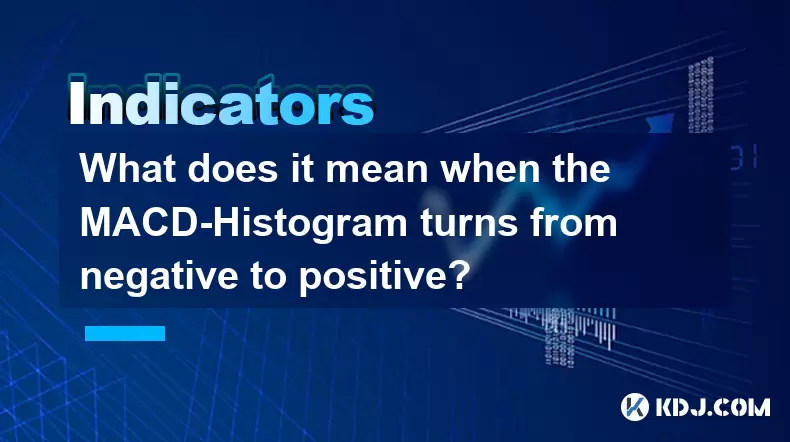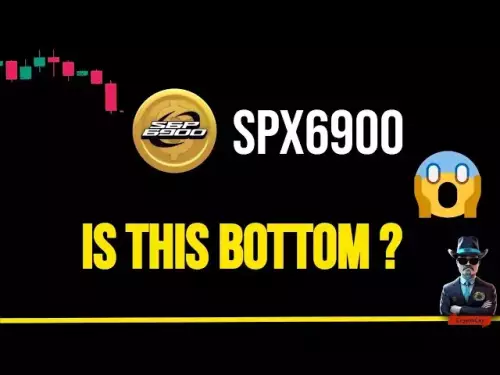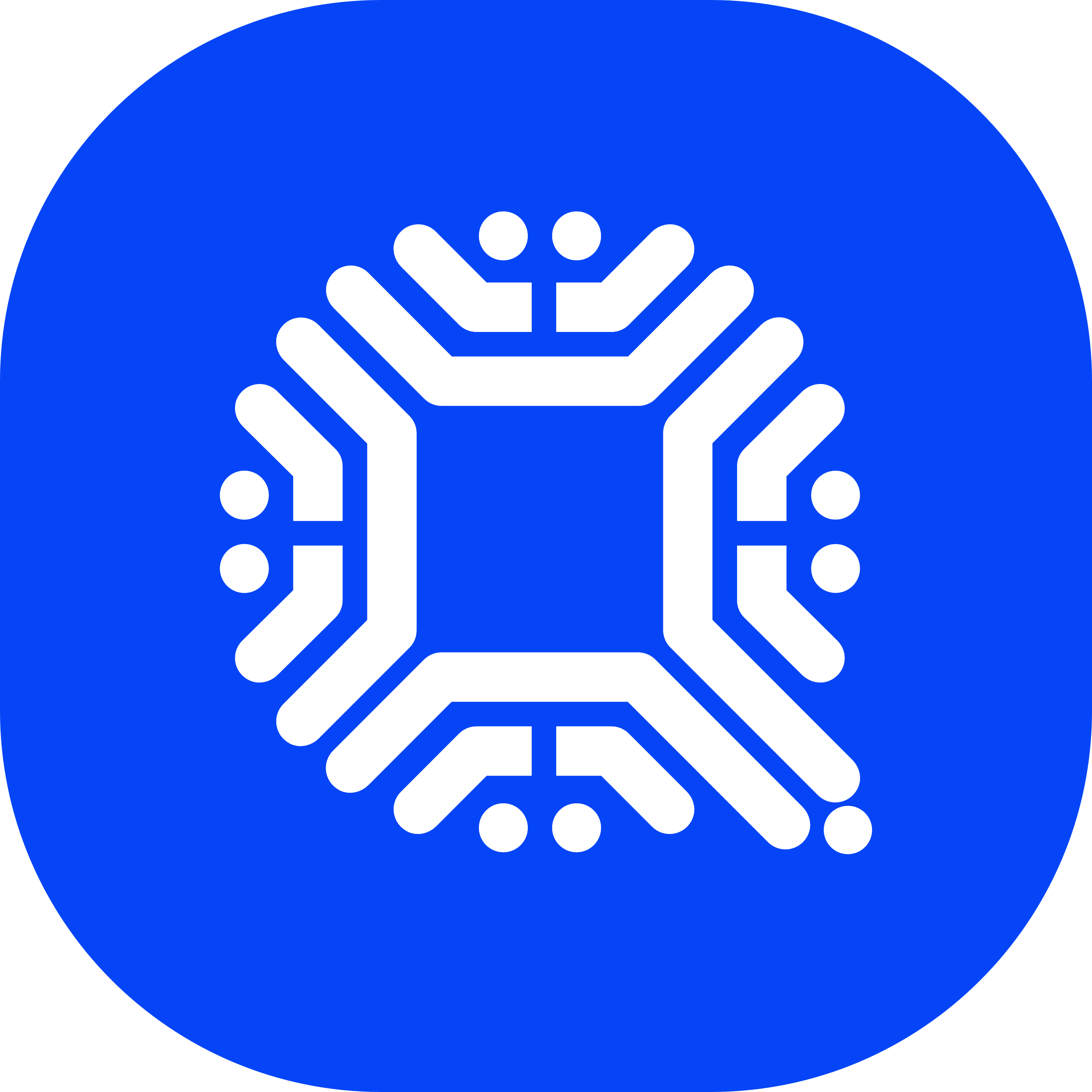-
 Bitcoin
Bitcoin $113100
-1.74% -
 Ethereum
Ethereum $4800
1.16% -
 XRP
XRP $3.041
0.36% -
 Tether USDt
Tether USDt $0.9999
0.02% -
 BNB
BNB $876.6
-0.40% -
 Solana
Solana $205.1
0.96% -
 USDC
USDC $0.0000
0.00% -
 Dogecoin
Dogecoin $0.2345
-0.10% -
 TRON
TRON $0.3629
0.40% -
 Cardano
Cardano $0.9260
1.91% -
 Chainlink
Chainlink $26.20
0.28% -
 Hyperliquid
Hyperliquid $46.04
2.89% -
 Sui
Sui $3.722
0.22% -
 Stellar
Stellar $0.4113
-0.53% -
 Ethena USDe
Ethena USDe $1.000
0.03% -
 Bitcoin Cash
Bitcoin Cash $590.3
0.39% -
 Avalanche
Avalanche $25.82
-0.01% -
 Hedera
Hedera $0.2504
-0.92% -
 Litecoin
Litecoin $119.1
-1.33% -
 UNUS SED LEO
UNUS SED LEO $9.598
0.03% -
 Toncoin
Toncoin $3.315
-1.69% -
 Shiba Inu
Shiba Inu $0.00001308
-1.02% -
 Uniswap
Uniswap $11.06
-2.10% -
 Polkadot
Polkadot $4.149
-1.10% -
 Dai
Dai $1.000
0.03% -
 Aave
Aave $350.7
-1.07% -
 Cronos
Cronos $0.1587
0.97% -
 Bitget Token
Bitget Token $4.664
-0.71% -
 Monero
Monero $274.5
3.42% -
 Ethena
Ethena $0.7021
-4.70%
What does it mean when the MACD-Histogram turns from negative to positive?
When the MACD-Histogram turns positive, it signals bullish momentum is building, often preceding a price uptrend in cryptocurrencies like Bitcoin or Ethereum.
Aug 10, 2025 at 10:01 am

Understanding the MACD-Histogram Basics
The MACD-Histogram is a visual representation of the difference between the MACD line and the signal line in the Moving Average Convergence Divergence (MACD) indicator. This histogram plots this difference as bars above or below a zero line. When the bars are above the zero line, the MACD line is higher than the signal line, indicating bullish momentum. Conversely, when the bars are below the zero line, the MACD line is lower than the signal line, reflecting bearish momentum. The transition of the histogram from negative to positive is a key technical signal used by traders to assess momentum shifts in cryptocurrency price action.
The histogram essentially measures the rate of change in momentum. A growing positive histogram suggests that bullish momentum is accelerating, while a shrinking negative histogram indicates that bearish momentum is weakening. The zero line acts as a pivot point. When the histogram crosses from below to above this line, it signals that the short-term momentum has overtaken the longer-term average, which is often interpreted as a shift in market sentiment.
What Happens When the MACD-Histogram Turns Positive?
When the MACD-Histogram turns from negative to positive, it indicates that the MACD line has crossed above the signal line. This crossover is commonly referred to as a bullish MACD crossover. In the context of cryptocurrency trading, this shift often suggests that buying pressure is beginning to dominate after a period of selling pressure.
This transition is not merely a cosmetic change on the chart. It reflects a structural shift in the balance between short-term and long-term moving averages. Specifically, the 12-period and 26-period Exponential Moving Averages (EMAs) used in the MACD calculation are converging and then diverging in favor of the shorter EMA. When the histogram turns positive, it means the 12-period EMA has moved above the 26-period EMA, and the gap between them is widening in the upward direction.
Traders interpret this as an early sign that a downtrend may be losing steam and that a potential upward price movement could follow. However, it's essential to note that this signal works best when confirmed by price action and volume.
How to Identify the Signal on a Crypto Chart
To spot this signal on a cryptocurrency chart, follow these steps:
- Open your preferred trading platform (e.g., TradingView, Binance, or CoinGecko Pro).
- Apply the MACD indicator to the price chart of the cryptocurrency you're analyzing (e.g., Bitcoin, Ethereum).
- Locate the histogram panel below the main price chart. It appears as a series of vertical bars oscillating around a zero line.
- Observe the bars: when they transition from below the zero line (negative) to above the zero line (positive), the signal is triggered.
- Confirm the shift by checking if the MACD line (blue) has crossed above the signal line (orange or red) in the same timeframe.
This visual confirmation is critical. Some platforms color the histogram bars green when positive and red when negative, making it easier to identify the shift. Always ensure the chart timeframe aligns with your trading strategy—shorter timeframes (e.g., 15-minute) may generate more frequent but less reliable signals, while longer timeframes (e.g., daily) offer stronger, more validated crossovers.
Why This Signal Matters in Crypto Markets
Cryptocurrency markets are known for their high volatility and rapid momentum shifts. The MACD-Histogram turning positive serves as a leading indicator that can help traders anticipate reversals before they fully materialize in price. In a market where FOMO (fear of missing out) and panic selling are common, such signals provide a structured approach to entry and exit points.
For instance, during a prolonged downtrend in Solana (SOL), a negative MACD-Histogram might persist for days. When it finally turns positive, it could indicate that large buyers are stepping in, possibly due to positive news or oversold conditions. This doesn’t guarantee a price increase, but it increases the probability of one, especially if supported by rising trading volume.
Moreover, the strength of the signal can be assessed by the height of the first positive bar. A tall green bar suggests strong momentum behind the shift, whereas a small bar may indicate a weak or false signal. Traders often combine this with RSI (Relative Strength Index) or support/resistance levels to improve accuracy.
Common Misinterpretations and How to Avoid Them
A frequent mistake is treating every negative-to-positive histogram flip as a buy signal. In reality, whipsaws are common, especially in sideways or choppy markets. For example, in a range-bound Bitcoin chart, the histogram may cross above zero multiple times without initiating a sustained uptrend.
To avoid false signals:
- Wait for price confirmation, such as a close above a recent swing high or a key resistance level.
- Check volume spikes coinciding with the histogram shift—rising volume adds credibility.
- Use multiple timeframes: if the daily MACD-Histogram is still negative, a positive flip on the 4-hour chart may be less significant.
- Avoid acting on the signal during low-liquidity periods, such as weekends or holidays, when crypto markets are prone to erratic movements.
Additionally, divergence should be considered. If the price makes a lower low but the MACD-Histogram makes a higher low before turning positive, it strengthens the bullish reversal case.
Practical Example Using Ethereum (ETH)
Suppose Ethereum has been declining for a week, with the MACD-Histogram consistently in negative territory. On day eight, the histogram bar appears slightly above zero, and the next bar is clearly green and taller. At the same time, ETH price breaks above a descending trendline on the 4-hour chart with increased volume.
In this scenario:
- The positive histogram shift suggests weakening bearish momentum.
- The trendline break confirms price action support.
- The volume increase validates participation from buyers.
A trader might enter a long position at the close of the candle where the histogram turns positive, placing a stop-loss just below the recent low. This strategy leverages the histogram signal within a broader technical framework, reducing reliance on a single indicator.
Frequently Asked Questions
Q: Can the MACD-Histogram turning positive lead to a false signal in crypto trading?
Yes. In highly volatile or consolidating markets, the histogram may briefly turn positive without initiating a sustained uptrend. This often occurs during market noise or low-volume periods. Confirmation through price action and volume is essential to filter out false entries.
Q: Should I use the MACD-Histogram alone to make trading decisions?
No. While the histogram provides valuable momentum insights, it should be combined with other tools such as price patterns, volume analysis, and support/resistance levels. Relying solely on the MACD-Histogram increases the risk of misinterpretation.
Q: Does the MACD-Histogram work the same across all cryptocurrencies?
The indicator functions identically across all cryptos, but its reliability varies based on market liquidity and trading volume. Major coins like BTC and ETH tend to produce more reliable signals due to higher participation, whereas low-cap altcoins may generate erratic readings.
Q: How long should I wait after the histogram turns positive before entering a trade?
It’s advisable to wait for at least one full candle closure after the signal appears. This reduces the chance of reacting to a temporary spike. Also, ensure that the following candle shows continued strength, such as higher highs or increased volume.
Disclaimer:info@kdj.com
The information provided is not trading advice. kdj.com does not assume any responsibility for any investments made based on the information provided in this article. Cryptocurrencies are highly volatile and it is highly recommended that you invest with caution after thorough research!
If you believe that the content used on this website infringes your copyright, please contact us immediately (info@kdj.com) and we will delete it promptly.
- MAGACOIN Finance: Can This Crypto Presale Deliver Explosive Gains?
- 2025-08-25 09:25:14
- XRP Price, Solana, and Meme Coins: What's Hot in the Crypto Streets?
- 2025-08-25 09:25:14
- Cardano, Bitcoin, and Presales: Navigating the 2025 Crypto Landscape, MAGACOIN FINANCE in Focus
- 2025-08-25 09:30:12
- Hyperliquid, WLFI-USD, and DeFi Equity: A Deep Dive
- 2025-08-25 09:45:22
- BlockDAG: A Layer 1 Solution Thriving in a Volatile Market
- 2025-08-25 10:05:22
- Ripple's RLUSD and Japan's Regulation: A Match Made in Digital Finance Heaven
- 2025-08-25 07:05:29
Related knowledge

What does it mean when the +DI and -DI cross frequently in the DMI indicator but the ADX is flattening?
Aug 11,2025 at 03:15am
Understanding the DMI Indicator ComponentsThe Directional Movement Index (DMI) is a technical analysis tool composed of three lines: the +DI (Positive...

What does the sudden appearance of a "dark cloud cover" candlestick pattern during an uptrend indicate?
Aug 13,2025 at 11:35am
Understanding the 'Dark Cloud Cover' Candlestick PatternThe dark cloud cover is a bearish reversal pattern in technical analysis that typically appear...

What does it mean when the moving average, MACD, and RSI all send buy signals simultaneously?
Aug 11,2025 at 01:42pm
Understanding the Convergence of Technical IndicatorsWhen the moving average, MACD, and RSI all generate buy signals at the same time, traders interpr...

What does it mean when both the KDJ indicator and the RSI show overbought signals simultaneously?
Aug 13,2025 at 11:35am
Understanding the KDJ Indicator in Cryptocurrency TradingThe KDJ indicator is a momentum oscillator derived from the Stochastic Oscillator, widely use...

What does it mean when the price is trading above the SAR indicator but the red dots are densely packed?
Aug 09,2025 at 11:49pm
Understanding the SAR Indicator and Its Visual SignalsThe SAR (Parabolic Stop and Reverse) indicator is a technical analysis tool used primarily to de...

What does it mean when the candlestick chart forms a "Morning Star" but trading volume is sluggish?
Aug 12,2025 at 06:28pm
Understanding the Morning Star Candlestick PatternThe Morning Star is a three-candle bullish reversal pattern commonly observed in cryptocurrency pric...

What does it mean when the +DI and -DI cross frequently in the DMI indicator but the ADX is flattening?
Aug 11,2025 at 03:15am
Understanding the DMI Indicator ComponentsThe Directional Movement Index (DMI) is a technical analysis tool composed of three lines: the +DI (Positive...

What does the sudden appearance of a "dark cloud cover" candlestick pattern during an uptrend indicate?
Aug 13,2025 at 11:35am
Understanding the 'Dark Cloud Cover' Candlestick PatternThe dark cloud cover is a bearish reversal pattern in technical analysis that typically appear...

What does it mean when the moving average, MACD, and RSI all send buy signals simultaneously?
Aug 11,2025 at 01:42pm
Understanding the Convergence of Technical IndicatorsWhen the moving average, MACD, and RSI all generate buy signals at the same time, traders interpr...

What does it mean when both the KDJ indicator and the RSI show overbought signals simultaneously?
Aug 13,2025 at 11:35am
Understanding the KDJ Indicator in Cryptocurrency TradingThe KDJ indicator is a momentum oscillator derived from the Stochastic Oscillator, widely use...

What does it mean when the price is trading above the SAR indicator but the red dots are densely packed?
Aug 09,2025 at 11:49pm
Understanding the SAR Indicator and Its Visual SignalsThe SAR (Parabolic Stop and Reverse) indicator is a technical analysis tool used primarily to de...

What does it mean when the candlestick chart forms a "Morning Star" but trading volume is sluggish?
Aug 12,2025 at 06:28pm
Understanding the Morning Star Candlestick PatternThe Morning Star is a three-candle bullish reversal pattern commonly observed in cryptocurrency pric...
See all articles

























































































